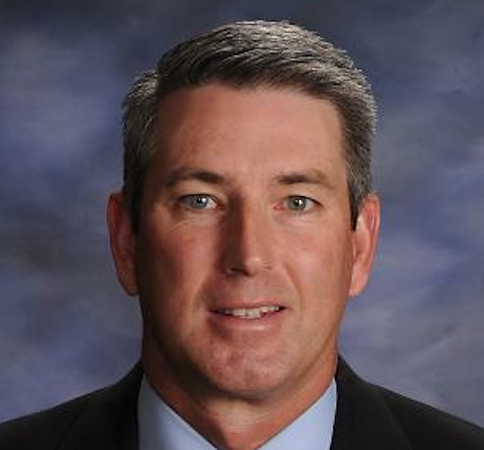Smith County superintendents reflect on progress seen in 2022 TEA ratings
Published 5:45 am Wednesday, August 17, 2022

- Surratt
Superintendents at Smith County school districts say positive ratings from the state should be credited to hard work and high expectations.
In A-F accountability ratings announced this week by the Texas Education Agency, five of 10 districts in the county earned an A while the other half earned a B.
Dr. Marty Crawford, Tyler ISD’s superintendent, said he is proud of the district’s ability to maintain a B grade after all the pandemic-induced struggles.
Although the district’s letter grade remained steady, its score increased from an 85 to an 88.
Crawford said efforts to maintain the score go back to the fall of 2020, when the school began bringing students to in-person learning but also offered a hybrid option at the same time.
When classes resumed fully in person, students who were taking classes in a hybrid model were academically behind. Some failed at an accelerated rate compared to those learning in person, Crawford said.
But it was the ability to overcome those hurdles and repair those academic setbacks that helped the district earn a high grade. Crawford said it is because of dedicated teachers and hard-working students.
“This rating speaks very highly of our teaching staff, parents and the community for allowing us to educate their children,” Crawford said. “Even though we were still a bit concerned with the pandemic last year, we are here today celebrating the best year we’ve had academically in over a decade.”
Tyler ISD’s academic history has not always been as good as the present. Being the largest ISD in East Texas, the district had 13 failing schools back in the 2009-2010 school year, according to the TEA’s A-F accountability ratings.
Crawford said one of the things he celebrates the most in this year’s ratings is the A grade received by Owens Elementary School. The school earned an A across the board in every domain, something very hard to do, according to Crawford.
“Owens is a very diverse school and as far as the city, they’ve got a lot of diversity in their socioeconomic status,” he said. “We really have to celebrate what we accomplished at Owens this year because they were one of the best elementary schools in the state and that’s quite impressive.”
According to the TEA, high-poverty campuses statewide saw an improvement with 18% receiving an A, showing that demographics are not a barrier to success.
Despite Tyler ISD’s massive improvement in the last decade, Crawford said there is still a long way to go in order to achieve perfection.
The district saw math scores drop this year and improvements in reading, something unusual as they’ve always been dominant when it comes to math.
Crawford said the district will have a big push in developing strategies that focus on closing those gaps and bringing the scores up again. Some of those already include extra time in classrooms and tutoring.
In order to keep those reading scores high, the superintendent said they will keep working on focusing on phonemic awareness.
“If there is something that we know how to do, it’s recover a school’s accountability,” Crawford said. “Those schools that fell behind or that need extra support will be provided with it. That’s how we’ll get to our target of being a consistent solid A rated school system every year.”
Out of all Smith County districts, Lindale ISD was one of the top performers with all six schools scoring an A in the accountability grades.
Moss Intermediate and College Street Elementary improved their B score in 2019 to an A.
Stan Surratt, superintendent of Lindale ISD, said he credits the continuous success from the district to a commitment of high expectations.
He also said having students involved in numerous after-school activities has been beneficial.
“It’s all about getting kids to work hard, focus on their academics and hopefully they’re going to enjoy school while they’re doing it,” Surratt said.
Another key thing the district has done throughout the year to keep the scores up is having intervention programs, which aim to help students struggling with core subjects like reading, writing and math.
Surratt said the intervention program, which is something they’ve done for a long time, has been instrumental in achieving good scores in accountability year in and year out.
When asked about margins of improvement for next year, Surratt said there is nothing planned specifically to keep the scores at a high level. However, he said they will keep up enforcing that high expectation culture and helping those students who are struggling.
“If an individual struggles, we create a plan for him, whether it is in remediation, intervention after school or summer school,” Surratt said. “If we see a trend where we have to intervene, we do that — and quickly. That’s been part of our success.”
Chapel Hill ISD was another district that performed well in the accountability ratings this year. The district received a B and had a score of 85, which is consistent to the previous year.
“This rating is a direct result of everyone in our district working as a team to help students recover from the academic impact of COVID-19,” said Dr. Joshua Tremont, executive director of curriculum instruction and assessment.
Tremont said even though the district maintained its rating from the previous year, they will keep striving for an A.
“These ratings reinforce our internal analysis of our progress since 2019,” he said. “We are already using this data to make informed action plans for the benefit of all students.”







